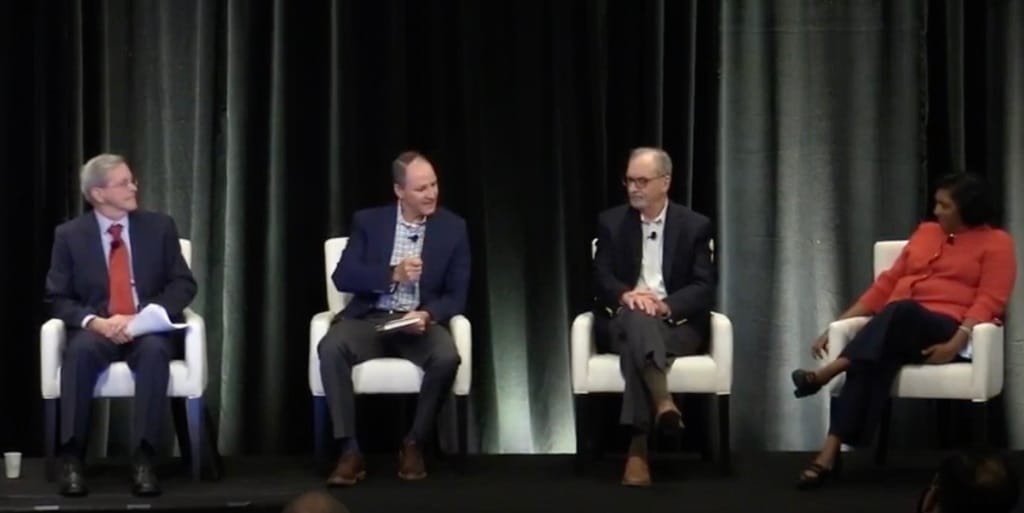Charging for Call Whitelisting Could Hamper Robocall Fight, Small Provider Says
Small provider says cost and fast-moving deadlines making it hard to implement robocall regulations.
Justin Perkins

November 9, 2021 – A representative at a small voice service provider is warning that alleged anticompetitive behavior, such as charging customers for whitelisting phone numbers, can slow progress on the illegal robocall fight.
“We have to be careful about [anticompetitive] practices like having customers pay to be on a whitelist to have their calls go through,” said Greg Rogers, head of global policy and regulatory affairs at communications software company Bandwidth, at the INCOMPAS 2021 conference in Las Vegas on October 25. “Those kinds of practices are bad for smaller businesses less able to cover the cost of these new solutions.”
“Whitelisting” is a tool that allows only calls from numbers in someone’s contact list. Some companies already offer these capabilities for free, but others may charge for them. Rogers said he thinks voice companies should offer the service to the general public for free and not as an additional cost “add on” service.
Rogers said these additional charged services can help larger companies pay for their compliance with the STIR/SHAKEN framework, which requires voice service providers to place measures to combat illegal robocalls that often lead to scams that affect millions of Americans. Those new measures include analytics software that labels calls based on authenticity. The deadline for large providers to implement these rules was June 30 this year and June 30, 2022 for smaller providers.
Despite the longer timeline for smaller players to implement the rules, Rogers said it is going to be harder for them to do so without the additional revenue stream.
Cumbersome deadlines
Rogers warned that the FCC may be pushing the industry too hard for deadlines that are hard to meet. “We’re moving too fast in implementation and expectations are not being set appropriately,” he said. “It’s a bipartisan, political winner to be against robocalling, and we’ve seen a really fast, hard driving set of demands.” Rogers pointed to the FCC’s December 2020 mandates as a good example of demands that are hard to meet. The FCC’s Fourth Report and Order required voice providers to add call blocking notifications to indicate that a call is unwanted. “The pushback is, it’s too hard. We can’t do it that fast, we need more time.”
Rogers said the complexity of the issues combined with a globally interconnected network makes it hard to deliver consistent service while optimizing their systems for call blocking.
“I didn’t say we should move slow, but people have to recognize how hard it is,” Rogers said. “[the call blocking effort] will march forward and that’s good. Don’t get expectations set that it’s gonna be fixed tomorrow. It’s not.”
The industry-wide endeavor to eliminate harmful robocalling continues as robocalls have risen over the past month. Analytics company YouMail’s call blocking data shows that Americans received over 4 billion robocalls in October, increasing 3.1 percent since September. So far this year, Americans have received 42.8 billion robocalls. Since robocall mitigation tools took effect on June 30, robocalls decreased about 8 percent per month on average.









Member discussion